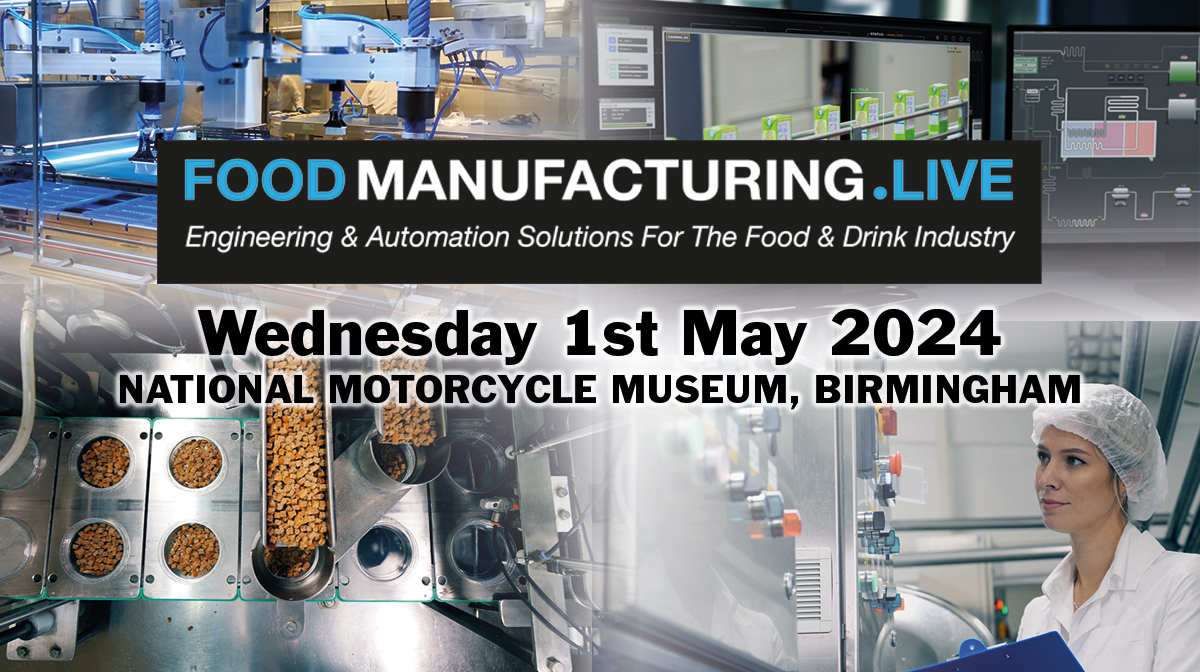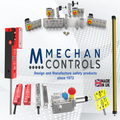
Posted to News on 21st Sep 2015, 00:00
Electric versus pneumatic
Aaron Dietrich of Tolomatic, whose products are available in the UK through Motion Control Products, provides a comparison of electric actuators and pneumatic cylinders based on total cost of ownership.

>Pneumatic cylinder actuators, known for their low initial cost and durability, have been a staple in factory automation equipment for decades. They are simple, easy to maintain and provide reasonable control over machine movements in industrial plants. However, since the development of more flexible, precise and reliable electric actuators, there has been an ongoing debate over which technology offers the best overall solution for industrial plant optimisation.
>The case for switching to electric actuators has focused on the ability of electric actuators to achieve more precise control of motion, along with providing superior accuracy and repeatability. But there is also total cost of ownership to consider, focusing on efficiency, electric utility costs, air leaks, maintenance, product replacement, product quality, changeover time and cycle times.
>For most applications requiring linear motion, the efficiency differences between an electric and a pneumatic system can result in significantly different electric utility costs over the lifetime of the device. While efficency of electric actuators is typically in the order of 80%, efficiency of pneumatic systems can vary from 10-30% depending on air quality, seal quality and wear, leaks in the system infrastructure and a variety of other factors.
>All pneumatic systems or infrastructures experience leaks, and these can be problematic to identify and fix. Large leaks are more readily detected and corrected, but small leaks are challenging to identify. In fact, the accumulation of many small, unidentified air leaks can significantly increase the cost of electric bills for manufacturing companies, and it has been estimated that about 30% of air supply created for production is lost to leaks.
>Pneumatic actuators rely very heavily on tight rod and piston seals to prevent air leaks. As the actuator strokes back and forth many thousands or even millions of times, seal wear and leaks are inevitable, which degrade the performance of the pneumatic cylinder and increase costs. As a result, efficiency, force output, speed and/or responsiveness of the cylinder decrease as air leakage increases. All of these factors inhibit the consistent manufacturing processes required for high quality, high volume production.
>Furthermore, predicting when the seals may fail or anticipating their effect on performance can be almost impossible to determine. Maintenance personnel and operators in plants can spend endless hours adjusting the flow or regulation of air into individual devices to get proper operation. Once this process begins, many plants and manufacturing facilities start to put pneumatic cylinders on a preventative maintenance replacement or repair schedule to get more consistent operation. This process introduces costs for time, labour and effort.
>By comparison, electric actuators demand very little or no maintenance. With some actuators an occasional re-lubrication may be required, but for the most part, electric actuators require no ongoing maintenance. Furthermore, electric actuators primarily utilise ball screw and ball bearing technology which can provide a more predictable estimation of service life compared to pneumatics.
>Further, the performance of a pneumatic cylinder varies over time as the seals wear. As a result, many adjustments of the pneumatic system may be required to get repeatable or accurate performance over the life of the device. Any change in the performance of a pneumatic cylinder can directly relate to the quality and yield of the product being produced in the manufacturing process.
>System vibration can also be a performance concern. Typically, pneumatic cylinders are deployed in 'bang-bang' end-to-end applications where they move to two positions to perform the desired operation. Even though cushions or shock absorbers can be added to pneumatic cylinders to help soften the vibration at the end of each move, in many cases the motion of the pneumatic cylinder is less controlled than its electric actuator counterpart. An electric actuator can therefore prevent introduction of shock or vibration disturbances into the system caused by the motion.
>The superior control (accuracy and repeatability) of an electric actuator system also leads to better overall control of the manufacturing process and higher product quality and yield.
>Applications that require product changeovers and multiple setups will often benefit from conversion to electric actuators. For example, if a process or machine requires changeover or setup to run different sizes or different products in the same machine, then an electric actuator can automate that changeover. If the application involves adjusting hard-stops for pneumatic cylinder positioning, this too can be automated with programming in an electric system. While a pneumatic system often requires adding rod-lock spacers to the cylinder to gain different or multiple positions, in an electric system this can simply be programmed.
>With any of these examples, there is a good chance an electric actuator will solve problems with the changeover processes. The adjustment of hard-stops or addition of spacers on rods for positioning can be time consuming, prone to human error and can reduce process quality if adjustments are not accurate or the wrong rod spacers are used in some or all axes of motion. Electric actuators can be used either in lower duty cycle setup axes or in high-cyclic, process-important axes due to their complete control over position and motion profile (velocity, acceleration/ deceleration, force).
>Of course, every process is different, but it logically follows that if changeovers become much quicker then there is less time spent adjusting machines and more time spent producing product. Additionally, there are potential savings from reduced manual labour and the elimination of human errors in the production process.
>Another important factor to consider is cycle time. Compare the profitability of investing in improvements to cycle time and the overall throughput and efficiency of the equipment. That will help in weighing the benefits of replacing pneumatic actuators with electric actuators.
>Pneumatic cylinders are typically deployed as two-position devices. If a process has any tooling which must be moved out of the way for a changeover process or other process reason, then the pneumatic cylinder must be purchased with the full stroke in mind. During runtime, this means that the pneumatic cylinder must cycle back and forth across its full stroke even if it is not required for the runtime process, which increases production time. Furthermore, if the pneumatic cylinder is required to develop force in this process, additional delays can be introduced because the cylinder must build up air pressure to achieve the desired force.
>Typically this doesn't take a lot of time (usually 10s or 100s of milliseconds) but it is nonetheless wasted time in every cycle and it is cumulative. Again, an electric actuator can eliminate both of these problems. The electric actuator can stroke the tooling only as much as is needed, saving valuable cycle time. Additionally, electric actuators can develop force almost instantaneously because their force is directly equivalent to the electrical current through the motor. This eliminates any wait time in the process for developing pressure in the pneumatic cylinder to achieve force.
>It is not uncommon for plant management to anguish over the higher initial purchased cost of electric technology even though they are aware of the benefits: higher quality product, higher product yields, higher throughput, lower operating costs, lower maintenance costs, and shorter changeover times.
>Ignoring TCO will definitely result in short-term equipment cost savings, but it will come with increased utility costs, increased maintenance costs and increased product yield issues over the long run. Considering TCO early in the process of specifying equipment is all about considering the entire service life of a technology choice, not just the initial purchase cost. If the TCO concept is truly embraced by manufacturing companies, the analysis would show that in most cases choosing electric actuators over equipment requiring compressed air (pneumatic devices) will almost always provide a lower TCO.


















